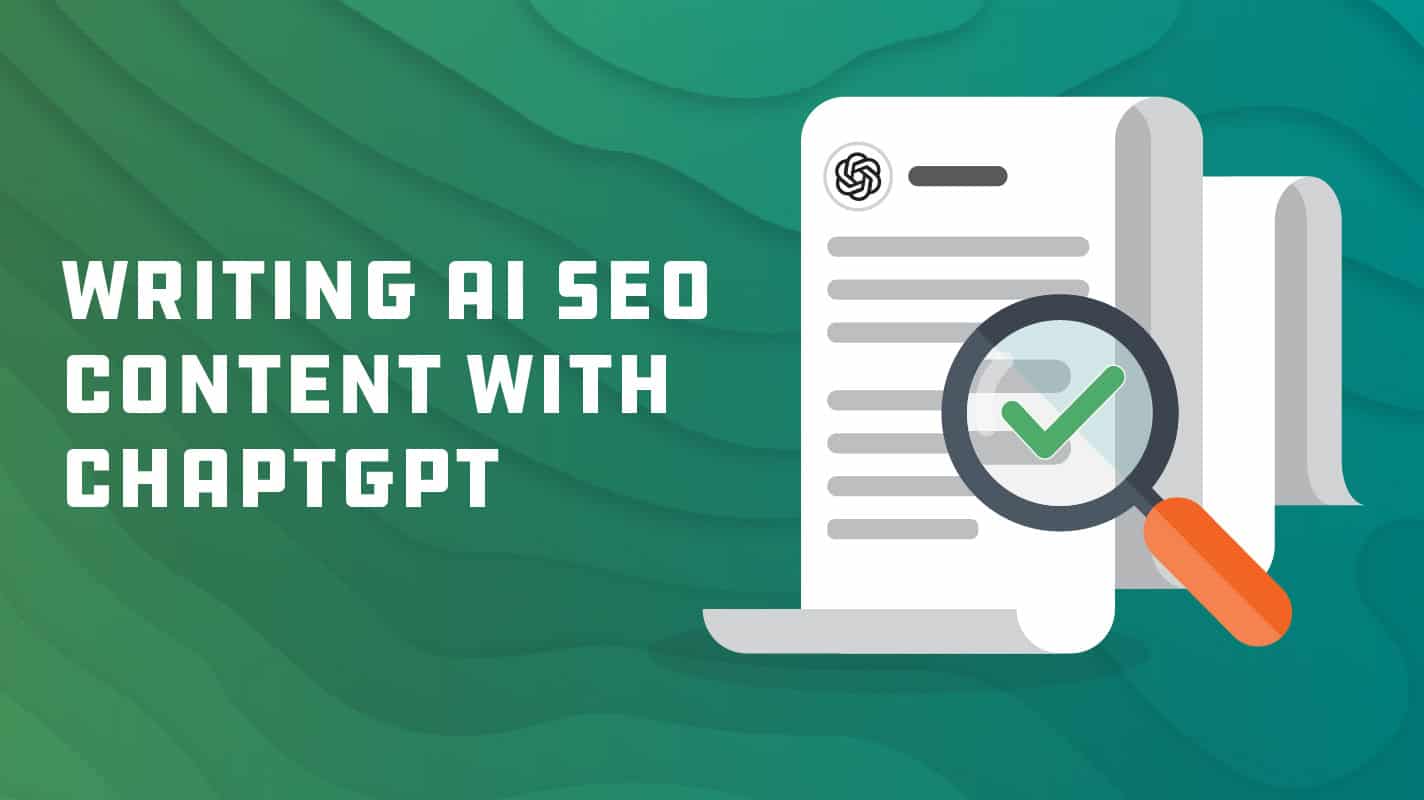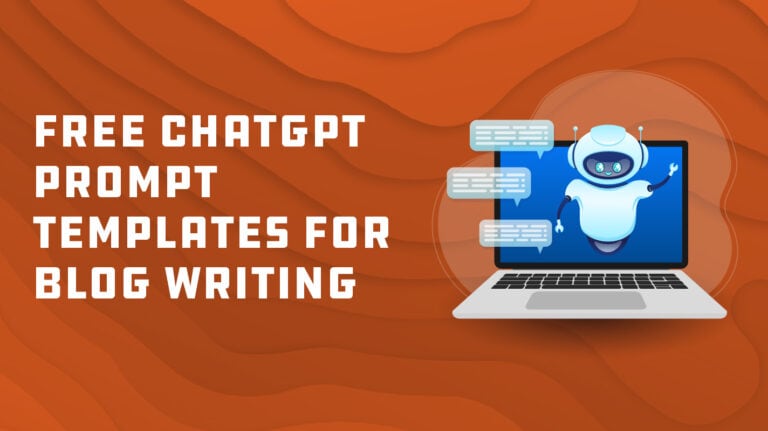Like many marketing and content professionals today, I’ve embraced AI to enhance my productivity. Specifically, ChatGPT has become my go-to assistant for overcoming writer’s block and drafting content quickly. However, there is a bit of a learning curve when ensuring that the AI-generated content is usable for your brand. I’ll share insights into how I use ChatGPT to create SEO content that’s not only tailored to our brand and audience but also engaging, conversational, and search engine optimized.
Setting Up ChatGPT
ChatGPT can transform user inputs into detailed, contextually aware content. However, if you give ChatGPT an inch, it will take a mile. To effectively utilize ChatGPT, setting clear boundaries and providing specific prompts is crucial. This ensures the content aligns with our strategic goals and maintains our brand’s voice.
Tips for Maximizing ChatGPT
- Provide Detailed Information: ChatGPT performs best when given complete and specific details.
- Avoid Vague Requests: General queries like “write a blog about lightbulbs” can lead to inaccurate or generic content.
- Minimize Risks: Specific inputs reduce the chances of receiving copyrighted, misleading, or incorrect information.
- Feed Exact Details: Clearly outline the content’s purpose, audience, and key points to guide ChatGPT’s output.
Struggling to write your commands?
Get Free AI Prompts!
Check out the custom prompt templates we created that fit different content needs, including brand voice imitation, blog drafts, social media content, and more.
Defining SEO and Content Objectives
The foundation of effective marketing content lies in aligning the audience’s needs with thorough SEO keyword research. I recommend integrating your audience and SEO data into your AI commands. Consider including keywords, audience personas, the purpose of the content, content type, and call-to-actions.
Generating SEO Content with ChatGPT
I begin by inputting a well-defined prompt into ChatGPT. This initial input helps generate a first draft that serves as a solid base for further refinement. Here is an example of the prompt, and the finalized input I gave ChatGPT for writing a blog draft about marketing personas.
Final Chat Input
Hi. You are a content marketing expert at Seventh Scout, a digital marketing agency. You are writing a blog that is also a guide in how to build marketing personas. Can you write a first draft based on the information below?
Purpose of the Blog: To inform other marketers of how to build personas for their brand, and when and how to utilize them.
Audience: marketing and advertising professionals
Tone of Voice: Conversational, anecdotal and illustrative, educational, approachable and friendly, enthusiastic, professional yet accessible, and inspirational
Keyword to include: creating personas, marketing personas, buyer personas, how to create personas for marketing
Call to Action: connect with Seventh Scout to partner in building your marketing strategy.
Additional Information on the Topic:
– Marketing personas are a part of the foundation of your business.
– Marketing personas represent key segments of your audience.
– Personas should include a snapshot of each segment including: demographic, revenue, engagement information, and communication style.
– It can be hard to segment your audience, and feel “icky” for a lack of better words. But it is necessary. Diving into things like job title, age, gender, and preferred social media platform, will help you understand how to communicate with your audience.
– How personas are used in marketing to inform content generation efforts, provide insights for lead follow-up, improve customer retention strategies.
– Something often forgotten when building personas is pain points specific to your business. This is ESSENTIAL!
– Pain points are the specific problems or challenges customers face while trying to accomplish their goals or meet their needs.
Reviewing ChatGPT-Generated Content
I recommend always reviewing and editing the AI-generated content before publishing it. I don’t believe any output is 100% perfect. Always plan for multiple rounds of revisions to refine accuracy and tone. Here are a few things to consider during your review:
Refining and Editing
After generating the first draft, it’s important to review and refine the content. This includes enhancing clarity and quality. Involve your team in the review process to ensure your brand style is transferred to the draft.
Structure and Formatting
SEO isn’t just about keywords; the structure of the content also plays a crucial role. Well-organized content with clear headings, bullet points, and accessible language helps improve SEO rankings. Most likely, you will want to reformat the AI-generated content output.
SEO Guidelines
Incorporating SEO best practices, such as using meta descriptions, proper header tags, and adding internal and external links, is a standard procedure in our content refinement process.
Ready to boost your SEO?
Get SEO Content Tips!
Check out our blog for friendly, expert advice on optimizing your content and website for search engines while keeping your audience engaged.
Using ChatGPT for creating SEO content has revolutionized how we approach content creation at Seventh Scout. It allows us to produce highly targeted, engaging, and SEO-friendly content efficiently. I encourage everyone to experiment with this tool and find out how it can enhance your content creation process.






